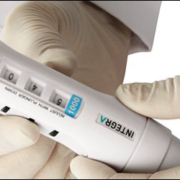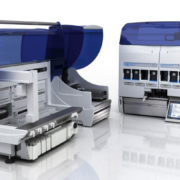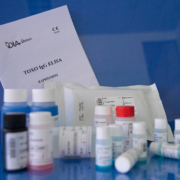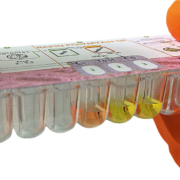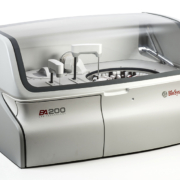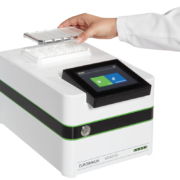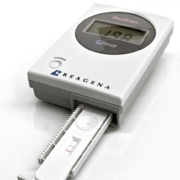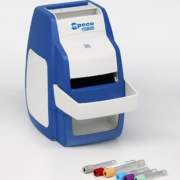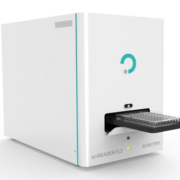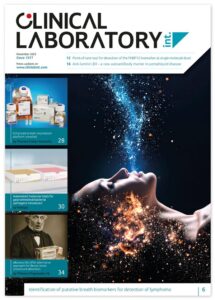BioSystems is introducing BA200, a benchtop analyser with a real throughput of 200 t/h with any combination of methods and parameters (or up to 286 t/h including 4-channel ISE option), washing station, barcode identification and ISE capabilities. Offering the highest loading capacity of its segment, with 88 positions barcoded, that could be adjusted with specific adaptors to be used either as reagent, sample (primary or pediatric tubes), standard or control, it provides maximum configuration flexibility to adapt to the workload of any small or medium size laboratory, from routine to special chemistries. A BioSystems’ patented LED light source allows a precise focus in the reading spot area with no energy loss, increased signal and a sustained performance over its lifetime, over 50,000 hours of continuous operation without change of intensity, reducing their maintenance to almost zero. Also, the newly developed Dynamic Baseline procedure allows multiple readings to be made as the rotor is spinning to obtain highly accurate blank readings used to offer higher reliability for low absorbance values, thus improving significantly the CV% of the test at low values. Finally, the BA200 system introduces also a dedicated range of reagents in package size adequate to small and medium laboratories (but also fully compatible with BA400 system), ensuring the highest performance and on-board stability.
Read more



